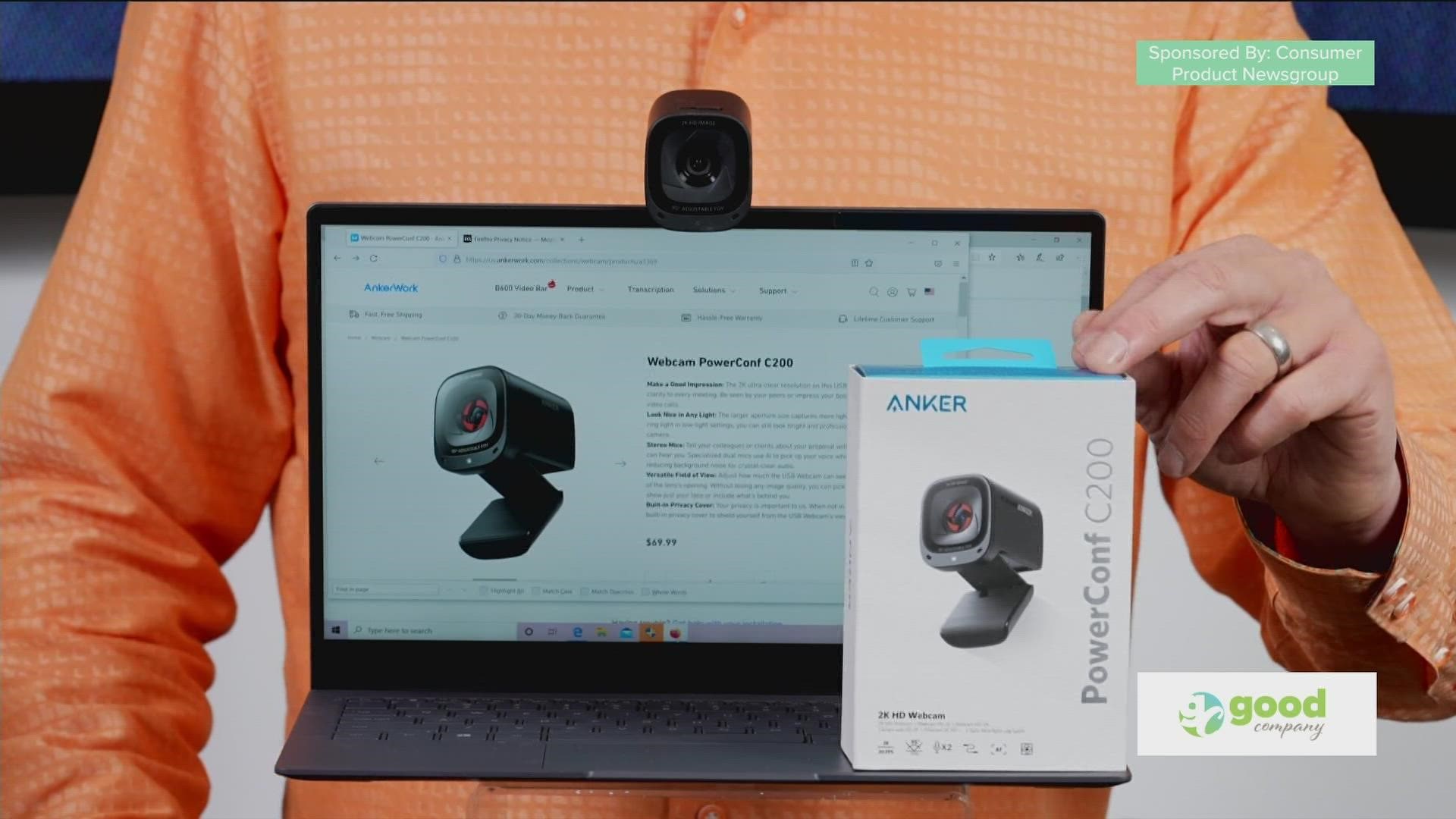CLEVELAND — Editor's note: This video is from a previous story about improving home setups for remote work published on April 6, 2022
The pandemic has forever changed how Americans spend their days performing their duties while at work. According to a Gallup study, 45% of Americans are either working from home fulltime or partially. During this time of heightened remote work, many workers have overlooked one of the most important parts of the traditional office work experience: how the ergonomic design of an office can help keep their back healthy.
Many makeshift home offices have been fitted with non-traditional desks, household chairs, sofas and even beds. These non-traditional setups can, over time, contribute to a wide variety of health issues including back pain, carpal tunnel syndrome and/or tendonitis.
According to sciencedaily.com, 1 in 2 people are affected by musculoskeletal conditions that account for 10% of annual medical expenses.
Dr. Russell Amundson, national senior medical director for UnitedHealthcare, outlines tips below to help prevent and treat the back pain that has become an unintended consequence for many Americans who have shifted to a more remote based work schedule.
- Focus on Posture. Whether you are now working at the kitchen table or on the couch, focusing on proper posture may help. Make sure you are sitting up straight with your knees at a 90-degree angle, with your shoulders in a straight line over your hips and your ears directly over your shoulders. If you’re working at a computer, adjust the screen height to eye level and consider elevating the keyboard to help keep your hands, wrists and forearms in line and parallel to the floor.
- Stay Active. While some people with back pain may be tempted to consider rest, staying active in many cases may be the best option. Low impact activities to consider include walking and swimming, while research indicates that strengthening leg muscles may also prove helpful. You might also try yoga and tai chi, as they’ve been shown to ease moderate to severe back pain. If time is a factor, a brief walk at lunch or going up and down the stairs a few times can help you stay active.
- Consider Your Options. The American College of Physicians recommends exercise-based therapies first, including nonsurgical options such as physical therapy, chiropractic care, and acupuncture. To make access even more convenient, new virtual physical therapy options have emerged, including ones that provide users with on-demand, 24/7 exercise feedback powered by artificial intelligence. These noninvasive options, which in some cases may be included as part of your health benefit plan, may help 95% of people with low back pain recover after 12 weeks.
Related Stories:
Editor's note: This video is from a previous story on remote work published on July 11, 2021

